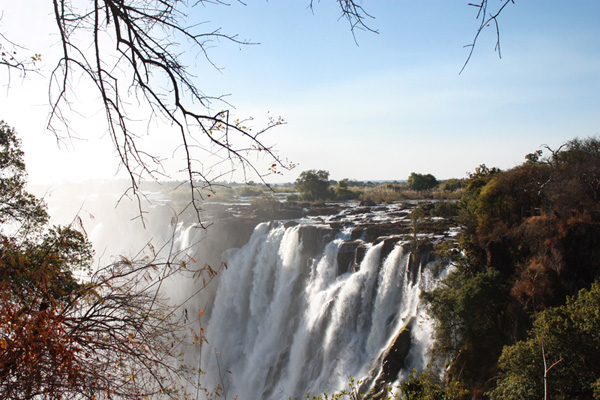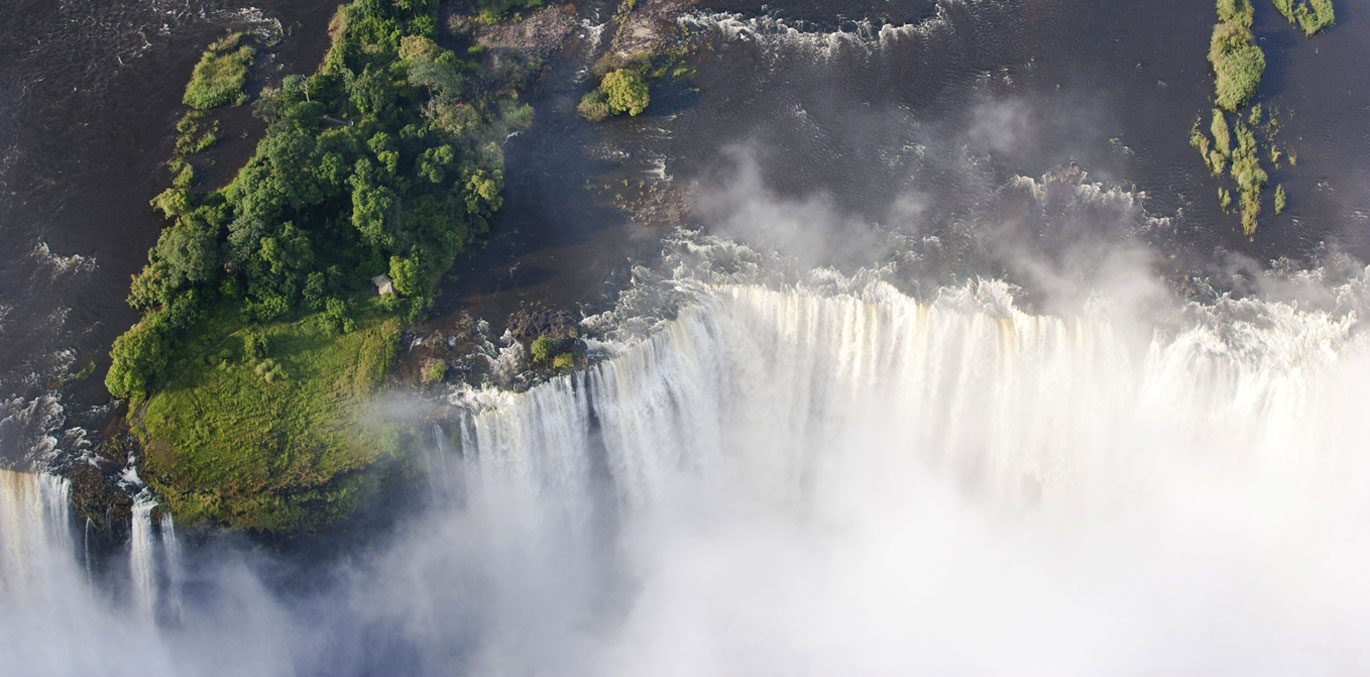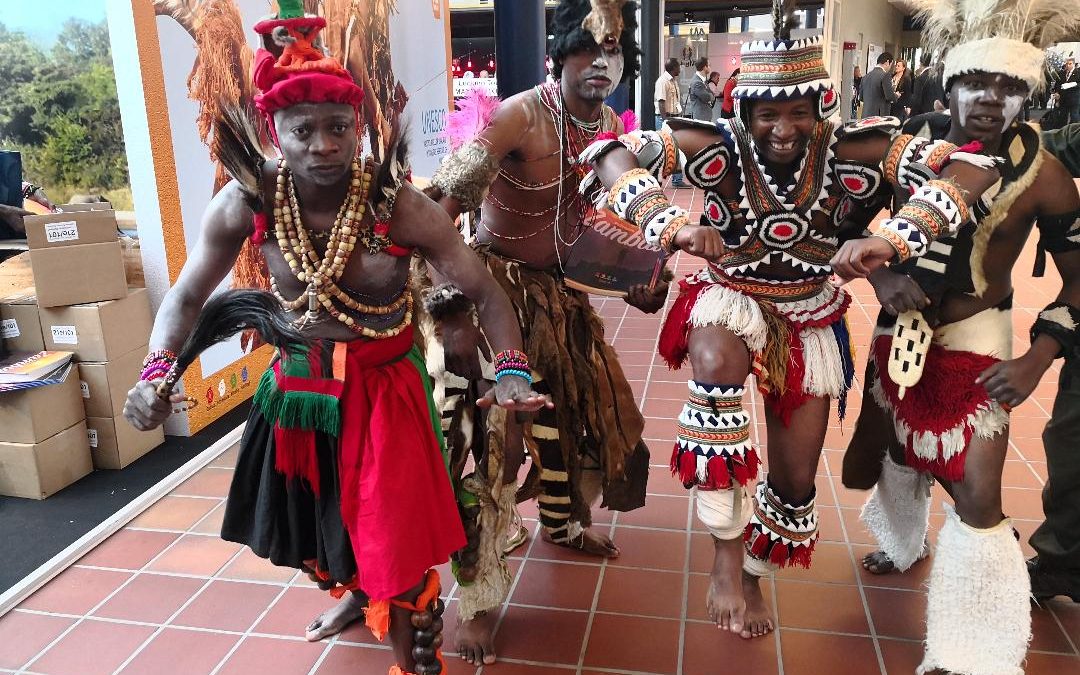Livingstone – be romanced by the scenic splendour

Situated minutes away from the Victoria Falls, one of the Seven Natural Wonders of the World, Livingstone is one of the most romantic destinations on the African continent.
Rich in history and culture, with a modern-day African yet colonial feel, Livingstone is the heart of tourism in Zambia. Driving down the main street, heading south, the spray of the Falls can be clearly seen. Hence its local name, Mosi-oa-Tunya – ‘the smoke that thunders.’
Originally known as the Old Drift, Livingstone was renamed after Scottish explorer Dr David Livingstone, the first European to see, name and publicise the Falls. Only in 1935 did it lose its capital status to Lusaka, but its ‘tourist capital’ status is likely to remain.
The scenic splendour that surrounds Livingstone is far and wide. The Falls themselves offer unique settings and views on the Zambian side, including the Boiling Pot at the bottom and The Devil’s Pool, where only the most daring go for a swim, right at the edge.
To put the gigantic – and overwhelming – proportions of the Falls into perspective – they are 1,7 km wide with a volume of between 20 000 and 700 000 cubic metres per minute falling down a vertical drop of 100 metres.
Everywhere you look, on a visit to the Falls, the view is spectacular, breath-taking and almost too majestic to describe. A walk across the knife-edge bridge, for instance, offers a spectacular view of the eastern cataract and up the main gorge.
The lunar rainbow, over the Victoria Falls during full moon – is highly exceptional and unique, a must-see for visitors to Livingstone during that specific time.
And of course the Falls would not be what they are, were it not for the mighty Zambezi River flowing into the gorge. The river, in itself, is one of the major attractions of the region – its mere size being enough to treat nature with new respect and awe.
A sunset cruise on the Zambezi has been described as one of the most romantic experiences in the world, and for very good reason. Not only are the sunsets here truly magnificent, but animal sightings – not only hippo in the water but other wildlife on the river bank – is more the rule than the exception.
The Mosi-oa-Tunya National Park, a UNESCO World Heritage Site, runs along the banks of the river for about 12 km and offers some of Africa’s finest wildlife, including the white rhino. One can drive around the park in a couple of hours and see all the species there at close range. Since there are no predators, they are very relaxed and afford some excellent photo opportunities. Organised, open game drive vehicles are available and recently elephant back safaris have been introduced.
Privately operated game and wildlife reserves also offer unusual experiences like lion and cheetah walks.
To experience the scenic beauty of the area, possibly less adventurous but equally exciting options are available, including quad biking, horseback riding or a luxurious journey on the Royal Livingstone Express.
Livingstone and environs offer stylish lodges and hotels, as well as a wide range of accommodation options to use as base for exploring the scenic beauty of the area.
Members of the Livingstone Tourism Association – including accommodation establishments, tour operators, adventure operators, restaurants and car rental companies – all offer professional, reliable services geared for a seamless tourist experience.



